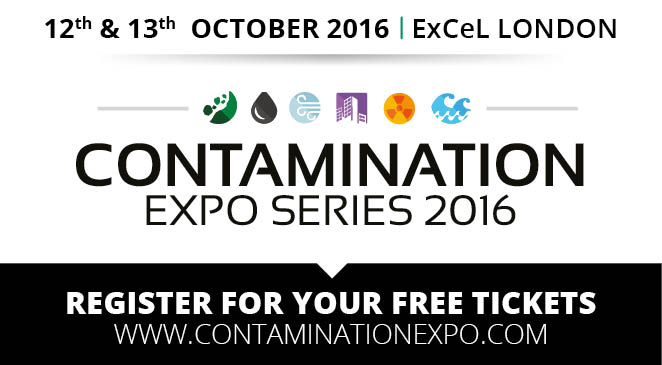Nearly 200 years after slavery was abolished throughout the British Empire, by the passing of the Slavery Abolition Act 1833, it is the tragic case that an estimated 45.8 million people are ‘modern slaves’. (According to the Global Survey Index 2016 – http://www.globalslaveryindex.org).
Modern slaves are defined, in the Modern Slavery Act 2015, as those who are forced or coerced to work and/or are treated as if they are ‘owned’ by another person, or corporate body. The offence of modern slavery also includes ‘human trafficking’, i.e. arranging for someone to travel to a situation where it is known that they will become ‘modern slaves’.
Under section 54 of the Modern Slavery Act 2015, it is now the law that you must publish a slavery and human trafficking statement every financial year if your company has an annual turnover of £36 million or more.
This statement should set out all steps that have been taken to ensure that modern slavery is not taking place at any point within the supply chain either to the company or issuing from the company. If no steps have been taken then the statement should set this out clearly. Currently, the legal obligation is on producing the statement only but obviously a statement that sets out no investigation has taken place will reflect badly on that company.
Some key facts about this statement:
- The turnover figure applies to the combined turnover of parent bodies and their subsidiaries (including any non-UK subsidiaries);
- The statement should be published ‘as soon as reasonably practicable’ after the end of the company’s financial year and certainly no later than 6 months after the end of the financial year;
- The law on statements came into effect on 29th October 2015, but, due to transitional arrangements, the first companies that need to produce statements are those whose financial years ended on 31st March 2016. Eligible companies must produce financial statements no later than 6 months after the end of their financial years that end on or after 31st March 2016;
- The statements must be approved by an appropriate senior person. In limited companies, this means approved by board of directors and signed by board of directors.
- The statement must be accessible to all customers, suppliers, members of public, government agencies and should be published in a prominent place on the home page of the company.
There is a modern slavery helpline available (0800 0121 700) for further advice and the government has produced guidance on producing slavery and human trafficking statements, which can be found at: https://www.gov.uk/government/uploads/system/uploads/attachment_data/file/471996/Transparency_in_Supply_Chains_etc__A_practical_guide__final_.pdf
Johanna Jennings
Forum Court Associates
(AGS Secretariat)


